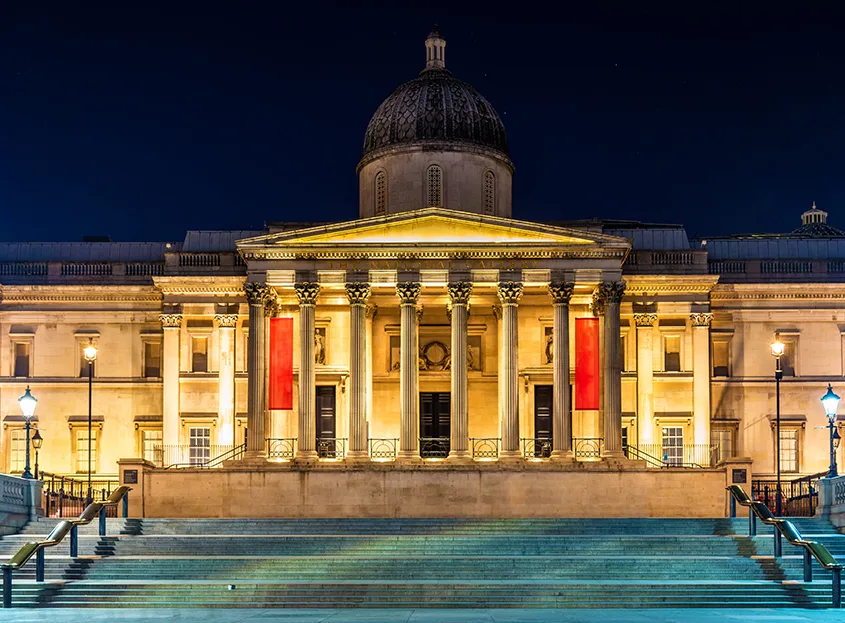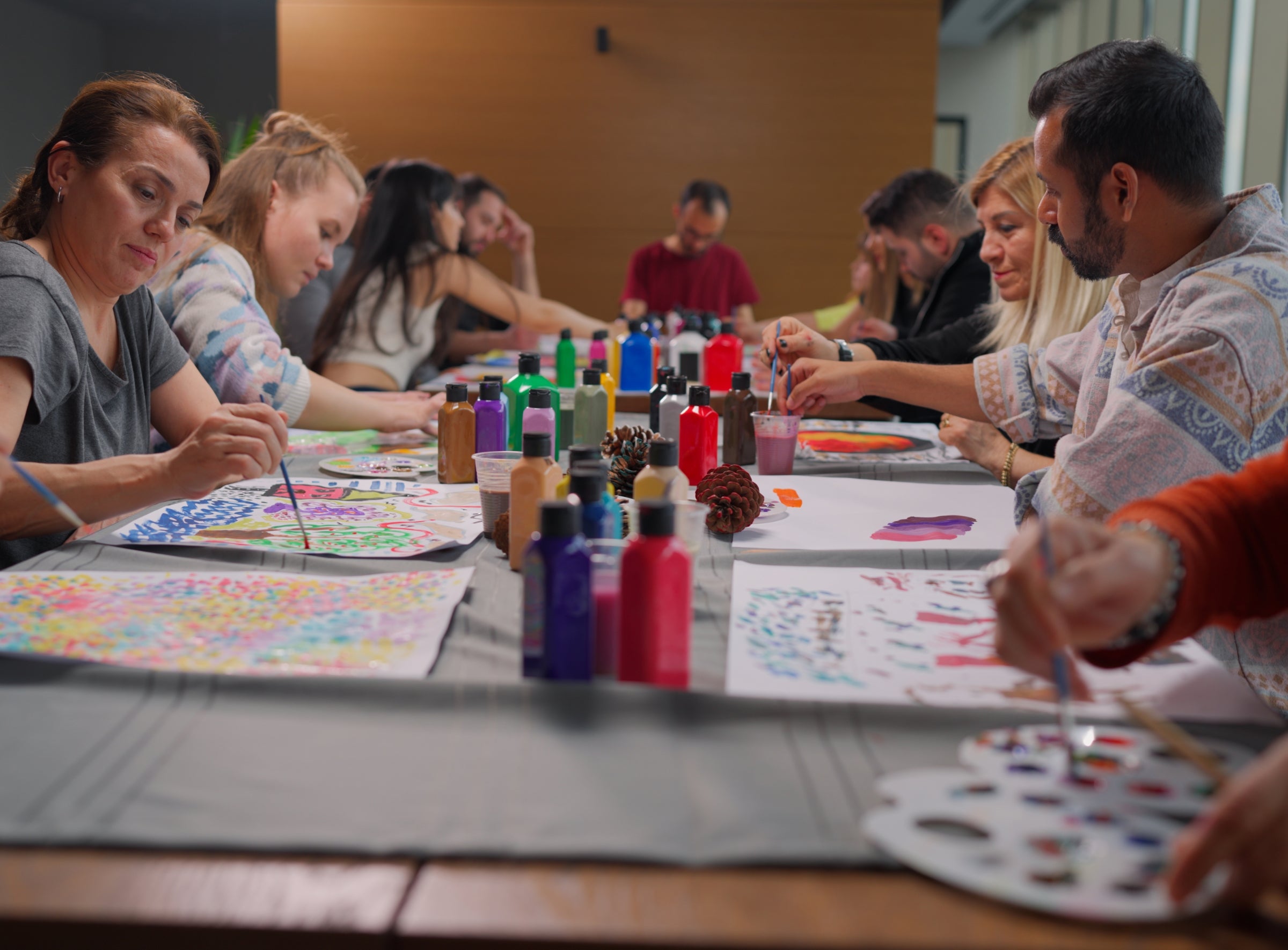200 Years of the National Gallery – Celebrating a Legacy of Philanthropy in the Arts

This May marks 200 years since the British Government purchased a collection of 38 paintings from the estate of banker John Julius Angerstein and the National Gallery was born. Now, two centuries and more than 2,300 works later, the Gallery is home to one of the greatest collection of paintings in the world. Philanthropy has been at the heart of building this cultural institution and its legacy. As we consider its bicentenary, it’s timely to consider philanthropy’s role in the arts more generally.
While the National Gallery’s foundations were laid by the British Government, philanthropy has in many ways become its lifeblood. Over the years, countless individuals, families, and organizations have stepped forward to support the National Gallery and its work. A particularly notable example was the donation from the three Sainsbury brothers, John, Simon and Timothy in 1985, which funded a major extension of the National Gallery to create what is now the Sainsbury Wing.
Donations from philanthropists have shaped countless cultural institutions across the UK. From the Sainsbury family bequeathing priceless collections to museums, to Sir Leonard Blavatnik and Sir Joseph Hotung funding refurbishments and extensions of major galleries, without philanthropy, the UK’s arts institutions would look very different than they do today.
Private donations are incredibly important as they help democratise access to the arts and enable free public access to thousands of collections. In the context of high bills, government cuts and soaring inflation, arts and culture institutions across the country are relying increasingly on philanthropy to cover day-to-day operational costs, let alone major projects.
Within the philanthropic community, there are also other challenges to funding for the arts. Britain’s philanthropists are generous, but their priorities are wide ranging. In 2023, a record £13.9 billion was donated by the public but only 3% went to the arts, a symptom of the long-term trend in falling arts funding in the UK. In the face of global health crises, climate change and social mobility challenges, the case for cultural funding has fallen by the wayside.
As we look to the future of the arts, it is increasingly vital to recognise the wide-ranging benefits the arts bring. Participating in the arts contributes to community cohesion, reduces social exclusion and isolation and makes communities feel safer and stronger. Philanthropy is not the silver bullet for supporting the creative sector, but it has an important role to play.
So, as we celebrate 200 years of the National Gallery, let’s reflect on those who have enabled its enduring legacy. By continuing to support the arts, we can ensure that future generations will have the same opportunities to access the arts and enjoy the benefits they bring.
NPT UK does not provide legal or tax advice. This blog post is for informational purposes only and is not intended to be, and shall not be relied upon as, legal or tax advice. The applicability of information contained here may vary depending on individual circumstances. NPT UK is not affiliated with any of the organisations described herein, and the inclusion of any organisation in this material should not be considered an endorsement by NPT UK of such organisation, or its services or products.


